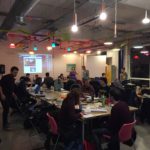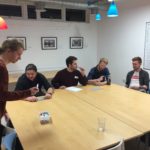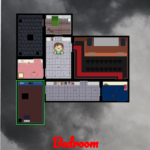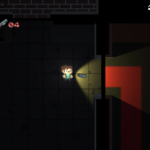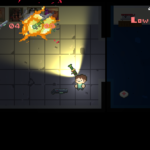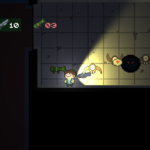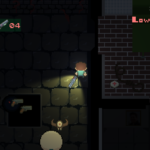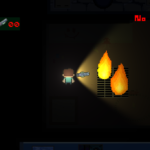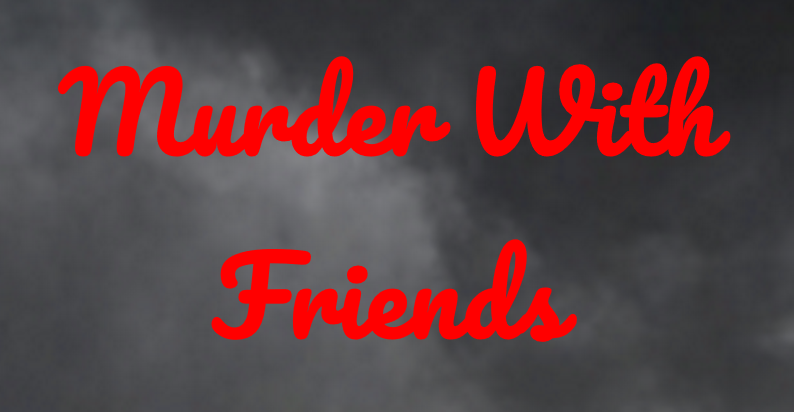
This year’s Global Game Jam Theme was Transmission. With such a vague theme, we decided to incorporate the transmission in the gameplay, by connecting phones to a game where players could perform actions while the main player was in game. Our environment consists of a creepy dungeon filled with spooky monsters and deadly traps.
Our team of 5 programmers offered the right skills to implement the gameplay, content, and server setup in the 48 hours permitted. We started by describing our skills to the team to then be appointed to a task by the others, and discussed how long each task would take. Our tool of choice was Unity, as it promotes game creation thanks to it easy to use interface and sprites. We then divided the work into 5 tasks:
- Game core: the instance of the game programmed in unity, which ties all the other aspects such as gameplay, art, and server communication.
- Gameplay: the game mechanics which contain the actions performable by the player such as moving, shooting, picking up items, killing enemies, loosing health, etc…
- Art: this concerns the design and drawing of the levels, the character, the monsters, the weapons, and the traps.
- Web app: mobile friendly web interface where users can see the player and can control the environment.
- Server: a dedicated server that handles the requests of the mobiles to send to the game, and game updates sent to the mobiles.
I took the lead of the team and appointed team members to work on each of the tasks, however asking all members to also help the team with the other tasks whenever possible. This was to provide friendly input, help in the dire situations, and support by performing pair programming. Here is a picture of our team hard at work in the evening.
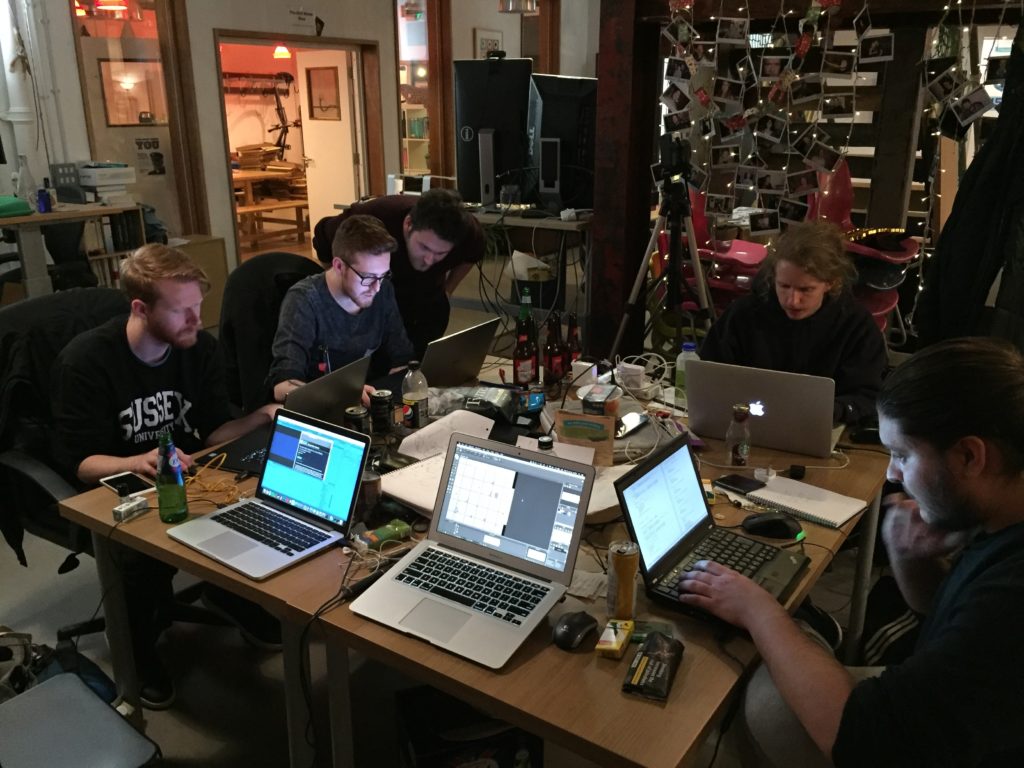
I decided to expand my skills in something unknown to me since then: art. I started designing levels which offered a wide scope of benefits, from lots of space for the player to move freely, to constraining corridors armed with traps. The level was comprised of rooms which were connected, but had to provide some area-logic and linearity, to create more or less important crossings and rooms. I then tried my best at drawing the rooms, monsters and traps, helped by two other members who drew some examples and provided technique tips.
I then also helped design the web app, to create a helpful interface that users can understand and use at ease. We ended up creating a simplified map of the dungeon with an indicator of the player’s position and an ability to select rooms to set off traps and spawn monsters. I did some work to the gameplay, implementing a shotgun and animating the effects. And finally, helped set up the flashlight effect with light collision on the walls and objects.
A few hours before the submission time, we connected all the different parts of the game together and faced very little problems to do so. After an hour of troubleshooting, the whole game was built and we could fine-tune the details. Here is a screenshot of what the game looked at that time:
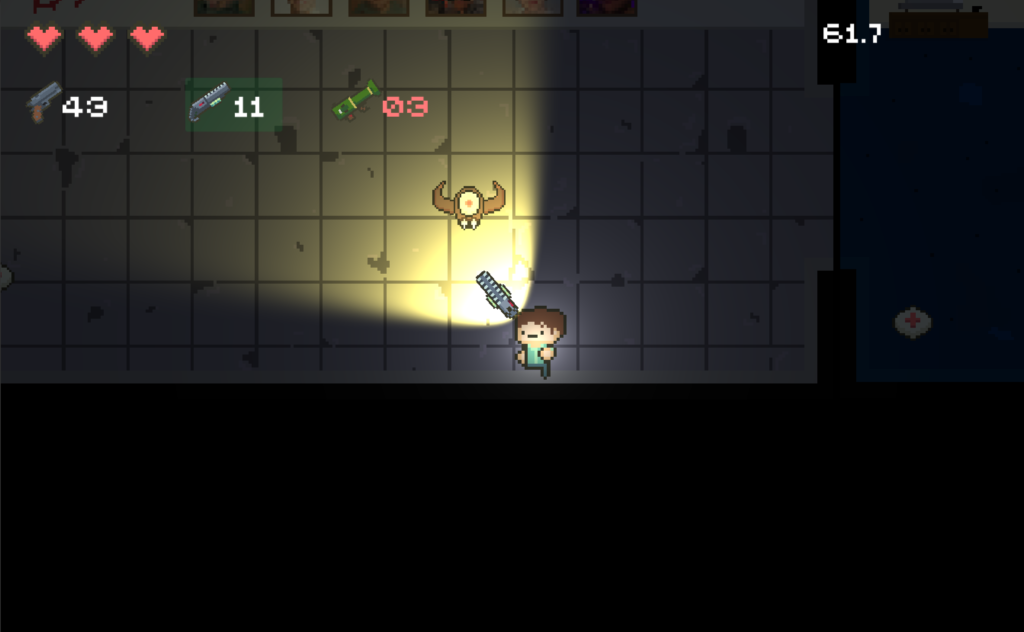
We watched some very interesting presentations ranging from creative narratives to refined gaming experiences. When our turn came to present we gave a brief overview of our work, then a live demo of our game being played by us. The public seemed to like it and we weren’t losing, so we gave them the link to the mobile game and they spawned so many monsters that the computer crashed. This was an excellent end to the demo, so we packed our things and went home to play the game ourselves.
Useful links:
Game Github repo: github.com/joshsylvan/gamejam18
Global Game Jam submission: https://globalgamejam.org/2018/games/murder-friends
Global Game Jam website: https://globalgamejam.org
